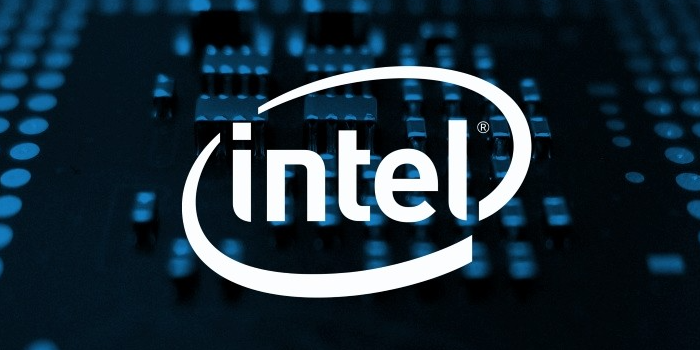Intel’s Sapphire Rapids Formal Launch Date Revealed
November 03, 2022

As Intel celebrates its 50th anniversary, the company is moving forward to its next 50 years of success. The company is releasing its new processor, the Sapphire Rapids. The Sapphire Rapids is Intel’s most powerful multi-chip processor that is designed for artificial intelligence and other workloads.
Intel Corporation is an American multinational semiconductor company headquartered in Santa Clara, California, in Silicon Valley. Intel has its origins in 1968 when Robert Noyce and Gordon Moore co-founded the company.
The Sapphire Rapids is Intel’s most powerful multi-chip processor that is designed for artificial intelligence and other workloads. It will be the company’s first time launching a module processor for supercomputers. The article will discuss the significance of the Sapphire Rapids launch date, Intel’s history, the two dies that make up the Sapphire Rapids, and its performance.
The Sapphire Rapids Formal Launch Date Revealed
Intel Corporation has announced that its new Sapphire Rapids CPU is ready for the market. The company will launch the chip on February 28th, 2022.
The Sapphire Rapids will be a multi-chip module CPU. It will consist of two different dies that work together on the same package. Unlike previous modules, the two dies will be interconnected, so they will be able to execute processes simultaneously.
The multi-chip module will be able to provide up to 40 percent more throughput and up to 18 percent less power consumption. The module will also be highly scalable, which means that a single module is enough to support the needs of a supercomputer while leveraging the power of multiple CPUs.
This will be the first time that a company has introduced a module processor for supercomputers. The new engine is designed for artificial intelligence and other workloads.
Conclusion
Intel has announced that its new Sapphire Rapids CPU is ready for the market. The company will launch the chip on February 28th, 2018. The new module will provide up to 40 percent more throughput and up to 18 percent less power consumption, making it perfect for AI and other workloads









Leave a comment
Your comment is awaiting moderation. We save your draft here
0 Comments